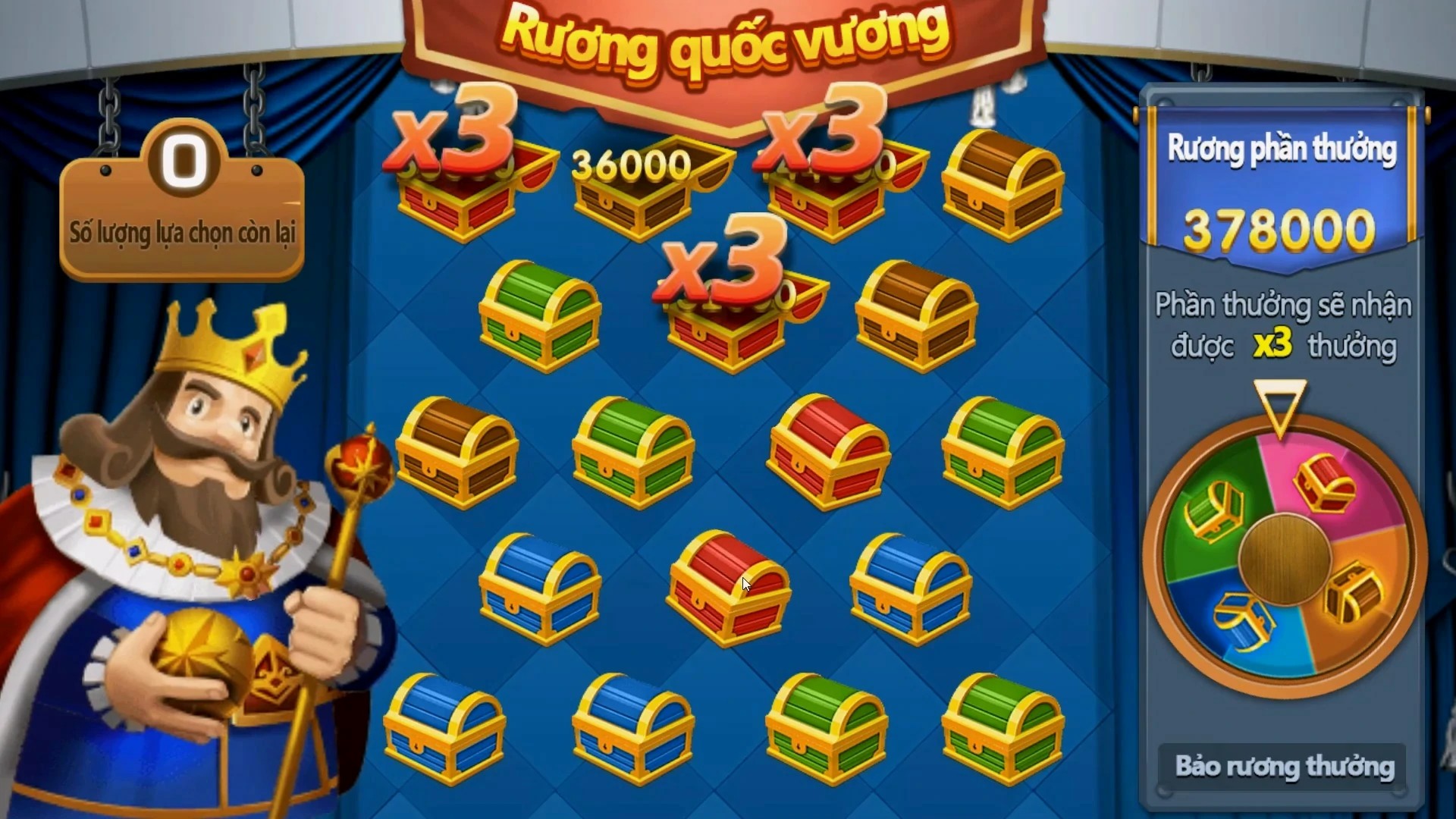Sandbox Games: Unveiling the Magic of Player Freedom
Gaming has transformed dramatically over recent decades. From linear story-driven games with predefined missions to sandbox games that give you total freedom — today's players seek creativity, choice and exploration in virtual worlds more than ever before.
Sandbox games, sometimes referred to as open-world games, empower users to craft narratives of their choosing. Unlike traditional gameplay styles where objectives are rigid and routes are clearly set, open world games let you break the mold.
- Choose how your story unfolds.
- Tackle tasks at your own pace or skip them entirely.
- Discover environments organically through experimentation.
| Game Type | Distinguishing Features | Player Choice Level |
|---|---|---|
| Sandbox Games | Freedom, custom building, no fixed end goal | Maximum control, highly flexible outcomes |
| RPG Games | Campign arcs + role evolution | Limited branching paths possible |
| Linear Action/Adventure | Structured path; prewritten narrative arcs | Moderate decision trees; final result predictable |
How Open World Design Revolutionized Gaming?
No single innovation shifted the balance of gaming like the rise of open-world mechanics. Players aren't forced into corridors filled only with puzzles anymore. Modern gamers crave immersion.
Titles like GTA IV or Red Dead Redemption didn't simply offer side quests but fully simulated cities that mirrored complex societies down to baristas learning facial features of patrons after a dozen morning coffees.
The Top Benefits That Make Open Worlds Unique
- Exploring non-linear stories.
- Finding hidden secrets across vast maps.
- Influence over world development through choices (or lack of them).
- Multi-playthrough value since each session varies wildly between users' strategies
Why Asmr And Aesthetics Matter In Game Relaxation Modes
Ever considered why some game trailers feel almost dreamy, despite being action-focused titles?
It's because developers sneak in subtle relaxation elements behind intense scenes—calming textures, repetitive sounds (think sword against rock scraping rhythm), or **asmr beauty treatment style interactions** in cutscenes where your character is resting inside a forest hut under gentle drizzle and firelight reflections on dewed stone floors.
- Water drips mimicking real life
- Natural lighting effects
- Vocal cues from npcs during low stress states (like healing sessions, meditative rituals)
"The future isn’t all high-speed combat, but about balancing adrenaline with mindfulness."
Roguelike? Souls-likes? Breaking Down Popular RPG Game Types
Gone are the days when people simply called anything an RPG if there were stats and skill trees involved.
| Sub-genre | Unique Twist | Example Franchises/Titles |
|---|---|---|
| Action-RPGs | Fast paced with heavy focus on hand-to-hand combat systems | Dark Souls, God Of War |
| Roguelite/Like | Random generation of maps/enemies; temporary stat upgrades; permadeath core | Hades, Slay The Spire |
| Sandbox/RPGA Hybrid | Customizable player identity within limitless environment. | Stardew Valley / Skyrim mods unlocked version (if allowed!) |
Summary & Key Points To Remember
- The term “sandbox" implies absolute freedom, not just huge maps.
- Beneath every epic quest often hides relaxing ambient audio or visual cues to soothe players post-climax battle sequences.
- Don’t assume one-size-fit all definitions for 'RPGs'; there’s a lot more subcatergorization than most acknowledge.
Final Word:
What truly drives the appeal of open world games and sandbox experiences isn't just technology enabling larger universes.
The essence lies in human psychology - craving autonomy and discovery over being fed lines. It’s less about winning and more about creating a world that resonates personally. Whether you're crafting homes in Minecraft or exploring cyberpunk dystopias à-la-carte — modern play is evolving faster than our controllers allow!



